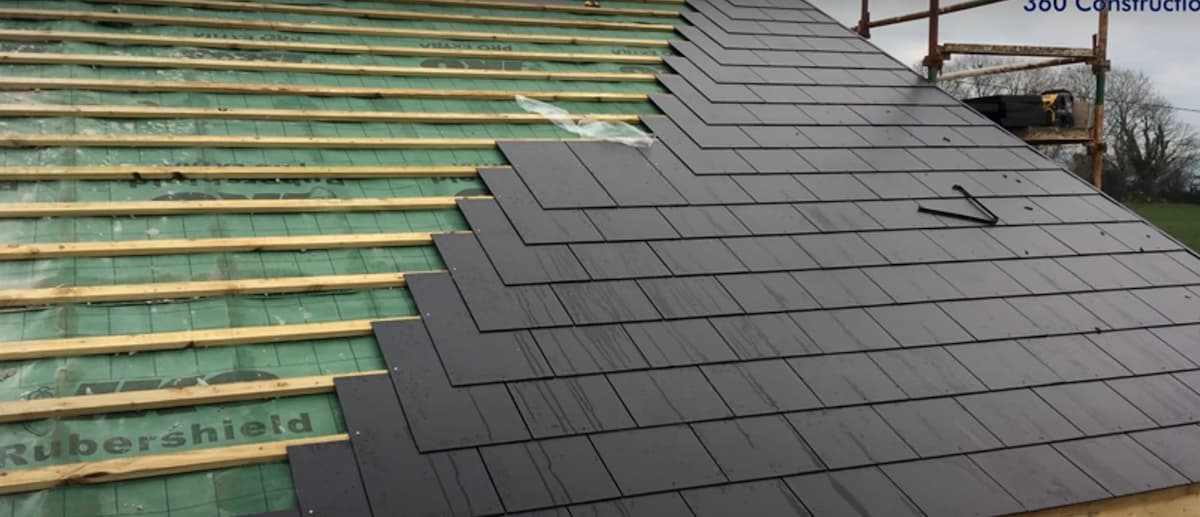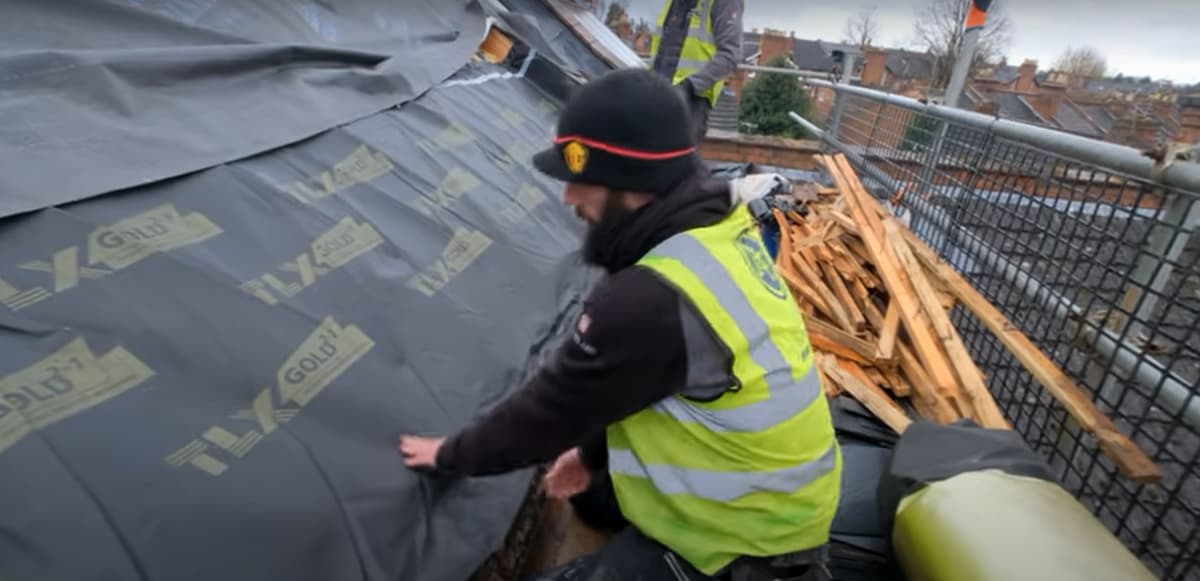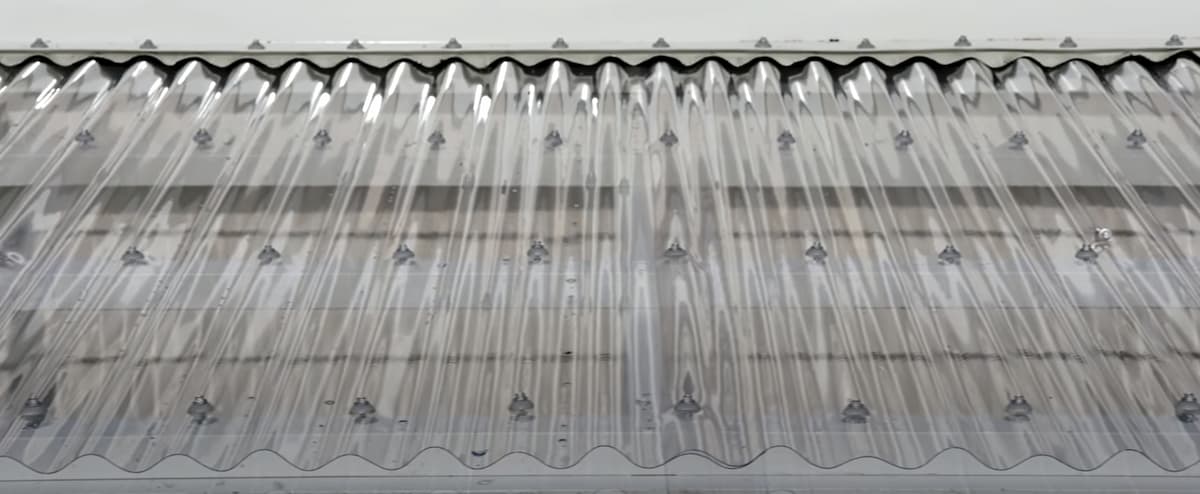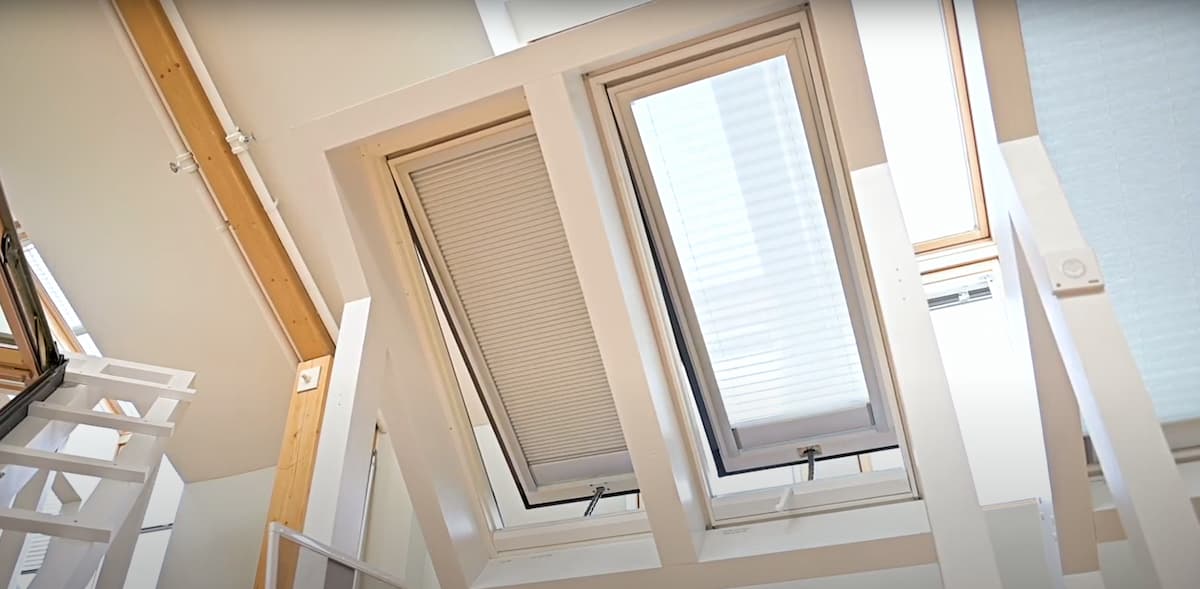What are Roof Tiles | Roof Tiling Costs | Roof Tiling Repair | Roof Tiling vs Colorbond Roofing | Advantages | Disadvantages | Installation
Roof tiles are made from locally available raw materials like terracotta, clay, concrete, metal and plastic and they are designed to keep out the rain. Roof tiling is popular for many reasons, first, they have thermal acoustic insulation which reduces both heat and noise transfer and with the hot Australian climate, this makes it one of the preferred choices for most households.
Another reason why roof tiling is popular is that they are durable, Welsh slate for example is known to last for 100 years or even more in drier parts of Australia. The recent entrants to the market like solar roof tiles are environmentally friendly and cost-saving in the long run because they not only serve as roofing but also a source of electricity, which makes it appealing to people who want to conserve the environment by going off-grid and reducing the demand of fossil fuels.
Roof tiles also come in different shapes and sizes, which gives the buyer a wide range of options to choose from.
What is Roof Tiling?
NSW Fair Trading defines roof tiling as the fixing of roof tiles to the exterior surface of the roof and fascia structures. This work includes installation of bedding, pointing tiles, battens, sarking, anti-ponding board and associated flashing. It also includes installation of ventilators, skylights and the like but does not involve structural alteration of roof members or components to tiled roofs.
In Australia, all roof tiling work over $5,000 in labour and materials must be done by a licensed individual, according to NSW Fair Trading. ‘Roof tile’ does not include roofing shingles, slates, shakes or imitations of these, this falls under a different process called roof slating.
How much does Roof Tiling Cost in Australia?
The cost of roof tiling in Australia varies depending on the type of tiles used and the size of the roof.
The price charged to supply and install Concrete roofing tiles ranges from $45 to $65 per square meter, while for Terracotta roofing tiles, it ranges between $60 to $80 per square meter.
These prices include ridging and hips but not safety railing and sarking. The cost of installing Slate roofing tiles ranges between $200 and $500. Slate is a little bit more expensive because of its quality and durability, Welsh slate for example is known to last for over 100 years without requiring repair.
Solar roofing tiles on the other hand cost around $320 per square meter but with new competitors in the market, it is expected to come down.
Please note that all roof tiling work valued over $5,000 in material and labor must be completed by a licensed professional according to NSW Fair Trading.
Tile Roof Repair Costs in Australia
Several factors determine tile roof repair costs in Australia as outlined below:
The type of tile used: Concrete is cheaper compared to slate, terracotta and solar.
The severity of the damage: A minor patch job like repairing a crack or replacing one tile will cost less than a severely damaged roof requiring many tiles to be replaced.
Roofing company: Costs may vary from one company to another.
Roof Pitch: A flat or low pitch roof will be cheaper than a high pitch roof because the repair process is quicker.
What’s the difference between Roof Tiling vs. Colorbond Roofing
Roof tiles have been around for thousands of years and are made from locally available raw materials like terracotta, clay, concrete, metal and plastic. Colorbond on the other hand is relatively new, it is made of steel and is available in a wide variety of colors. Both are equally popular in Australia for various reasons, but there are significant differences between each that are worth noting.
Durability: Roof tiles are known to last for over 50 years if regularly maintained, repaired and restored. They are known to withstand hail, strong winds and fire and usually come with a 50-year warranty. Colorbond on the other hand is light and strong. It is termite resistant, fire resistant, and can endure extreme wind. They also don’t corrode, chip, peel or crack and come with a 30-45-year warranty.
Style: There are various types of roof tiles to choose from i.e. terracotta, concrete, slate and solar, they also come in a wide range of colors giving you a wide variety to choose from. Colorbond on the other hand comes with over 20 different colors to choose from.
Weight: Roof tiles are generally heavy and as such it can keep out noise, its thermal mass also helps to regulate temperatures inside the house and provide thermal insulation. Colorbond is a highly thermal efficient material and can insulate the house from extreme temperatures. However, because it is made of steel, which is light, it does not keep out noise and it can be noisy especially in storms and hail.
Maintenance: Though tiles are known to be durable, they can become brittle in certain weather conditions and can suffer damage if walked on or struck by falling trees making the maintenance process difficult and costly. Colorbond on the other hand is easy to maintain because it is very resistant to cracks and walking on a Colorbond roof can be safer as you are less likely to cause damage.
Advantages of Roof Tiling
It’s not uncommon to see roof tiling in Australia because it’s beautiful to look at and actually very durable. They used to be only made out of slate or clay but modern tiles are made from moulded and tinted concrete. Because of the material choice roof tiles can last 100 years without the need for replacing, making it a very low maintenance cost option.
If your house is exposed to hot weather and salty air a roof tile will be the perfect choice to shield you from the elements. This is especially true for areas that have infrequent but huge rain dumps in a short amount of time. With a huge variety of styles to choose from it’s hard not to pick roof tiles when you know that once it’s placed you don’t have to do anything to it anymore.
Durable: Slate for example is known to last for over 100 years, clay and concrete are known to withstand hail, strong winds and even fire. Most manufacturers offer a 50-year warranty.
Environmentally friendly: They are made from locally available material like clay and baked earth which can be recycled.
Soundproof/Energy efficient: They have thermal acoustic insulation which reduces both heat and noise transfer.
Variety: Slate, concrete and terracotta come in a variety of colors and styles to choose from.
Low maintenance: It is very rare for tiles to require maintenance unless they break due to heavy impact or are stepped on.
Disadvantages of Roof Tiling
Due to the material used roof tiles are very heavy and also very expensive. You can choose between slate, clay and concrete but whichever option you decide, installation is very difficult. It’s actually so difficult that you can’t do it yourself unless you want the roof to collapse on your or let moisture through.
It requires expensive contractors with years of experience. Even though the material itself is hard, the tile itself is very brittle. The final and biggest disadvantage, not every house Is able to install a tiled roof. It needs to be at a specific angle with very sharp slopes.
Cost: The cost of installing a roof tile is higher than that of other roofing materials. For example, the cost of installing Concrete roofing tiles will range from $45 to $65 per square meter while the cost of installing aluminium or zinc-coated steel will range from $30 to $51 per square meter.
Difficult to Install: Roof tiling is a difficult process which must be done by a licensed professional roofing contractor with vast experience.
Heavyweight: Because tiles are made of material like clay and concrete, they tend to be heavy. A clay tile for example can weigh as much as 850 pound per square, this means that structural reinforcements might be required for some structures which will add to the cost of the roof.
Brittle: Tiles can become brittle in certain weather conditions and can suffer damage due to heavy impact or due to pressure of walking on them.
Installation Time for a Roof Tiler
The time it takes really depends on who you have hired, their experience and how much roof you have.
Installation time for a roof tiler is pretty standard across the board. It is estimated that a roof tiler will take 3 days to complete a typical job





